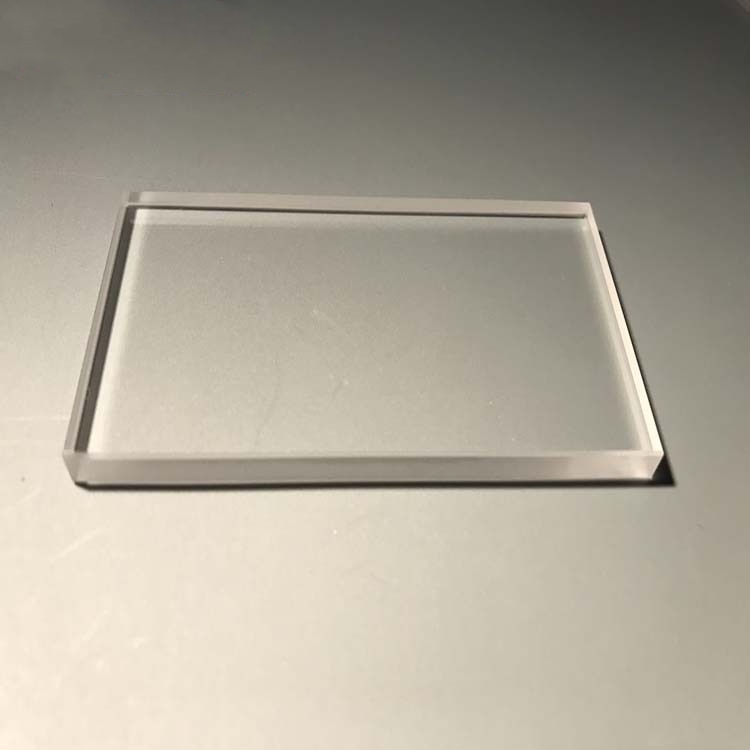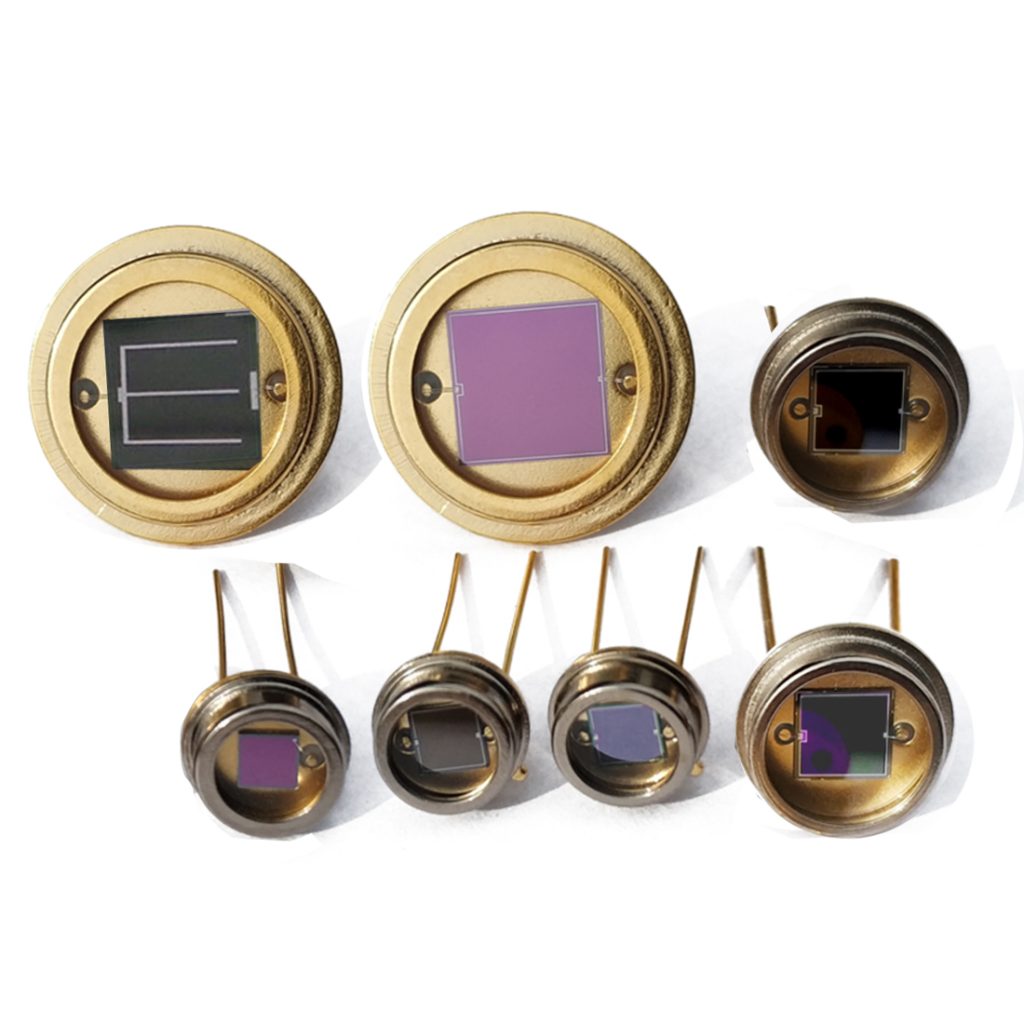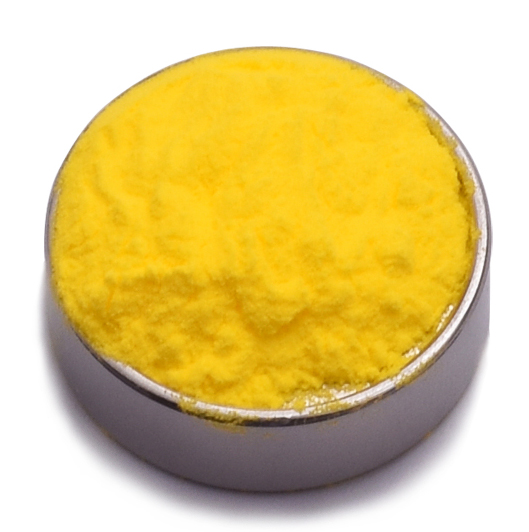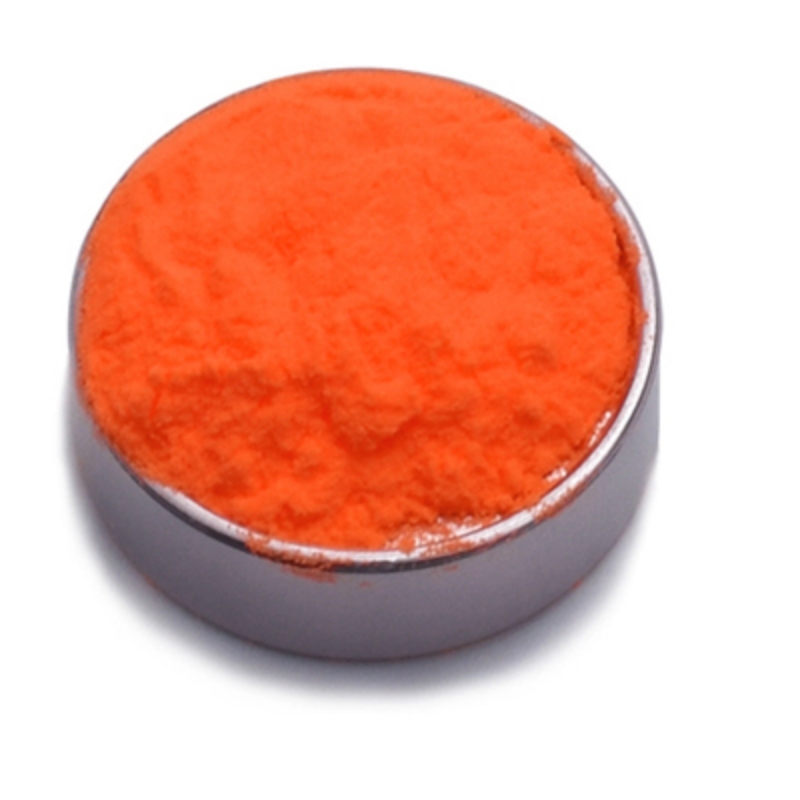CVD zinc sulfide (ZnS) is a high-performance optical material synthesized using chemical vapor deposition to achieve exceptional purity, uniformity, and optical clarity. Known for its superior infrared transmission, high resistance to environmental degradation, and excellent mechanical durability, ZnS is widely used in laser systems, infrared windows, thermal imaging, and advanced scientific applications. Its low absorption and strong optical properties make it an essential material for demanding optical systems.
Product Overview:
CVD Zinc Sulfide (ZnS) is a high-purity, chemically inert material widely used in the production of infrared optical components. Its excellent optical and mechanical properties make it an ideal material for manufacturing infrared lenses, windows, domes, and other optical components. ZnS, produced via the Chemical Vapor Deposition (CVD) process, demonstrates excellent transmission in the mid-infrared wavelength range (8μm–12μm) and is particularly suited for high-precision infrared optical systems.
Key Features:
- High Transparency:Exhibits excellent transmittance in the 8μm–12μm wavelength range, making it ideal for mid-infrared optical systems.
- Superior Refractive Index Uniformity and Consistency:Ensures stable image transmission within optical systems, maintaining high performance across various applications.
- High Hardness and Fracture Strength:ZnS is twice as strong as zinc selenide, providing superior resistance to harsh environmental conditions and mechanical stresses.
- Chemical Stability:Insoluble in water and highly chemically inert, ZnS retains its optical properties under a wide range of environmental conditions.
- Ease of Machining:Easily processed and molded, making it suitable for custom-shaped optical elements to meet specific application requirements.
Applications:
- Infrared Optical Components Manufacturing:Used to manufacture infrared lenses, windows, domes, and other optical components, widely applied in infrared imaging and spectroscopic systems.
- Military and Aerospace Applications:Due to its high hardness and ability to withstand harsh environments, CVD ZnS is frequently used in missile domes and infrared windows for military aircraft.
- Optical Instruments:Suitable for high-precision optical systems, particularly in the infrared wavelength range, where it provides stable and clear image transmission performance.
| Physical Property | CVD Zinc Sulfide |
| Density | 4.09 g/cm³ |
| Resistivity | ~10¹² Ω·cm |
| Melting Point | 1827 ℃ |
| Chemical Purity | 100.00% |
| Thermal Expansion | 6.6×10⁻⁶ @ 273K |
| 7.3×10⁻⁶ @ 373K | |
| Thermal Conductivity | 16.7 W/(m·K) @ 298K |
| Specific Heat Capacity | 0.469 J/(g·K) @ 298K |
| Knoop Hardness | 200-235 kg/mm² |
| Bending Strength | 103 MPa |
| Young's Modulus | 74.5 GPa |
| Poisson's Coefficient | 0.29 |
| Optical Property | CVD Zinc Sulfide |
| Transmission Range | 1-14 μm |
| Refractive Index Inhomogeneity | <7.3×10⁻⁴ @ 10.6μm |
| Absorption Coefficient | 0.2 /cm @ 10.6μm |
| Thermal Light Coefficient | 4.6×10⁻⁵ @ 1150nm |
| 4.3×10⁻⁵ @ 3390nm | |
| 4.1×10⁻⁵ @ 10.6μm | |
| Property | Value |
| Material Name | CVD Zinc Sulfide |
| Available Size | 3-200mm |
| Growing Method | CVD (Chemical Vapor Deposition) |
| Transmittance Range | 1-14μm |
| Blank Shape | Round, rectangular, wedge, lens, step drilled, special-shaped |
| Wavelength (nm) | Refractive Index (n) | Wavelength (nm) | Refractive Index (n) |
| 620 | 2.355 | 9800 | 2.203 |
| 1000 | 2.292 | 10600 | 2.192 |
| 3800 | 2.253 | 11400 | 2.18 |
| 5000 | 2.246 | 12200 | 2.167 |
| 7000 | 2.232 | 13800 | 2.132 |
| 9000 | 2.212 | 14200 | 2.126 |
Submit Your RequirementsWe will contact you within 24 hours.
 WOBO Scientific Research New Materials One-Stop Service Platform
WOBO Scientific Research New Materials One-Stop Service Platform











